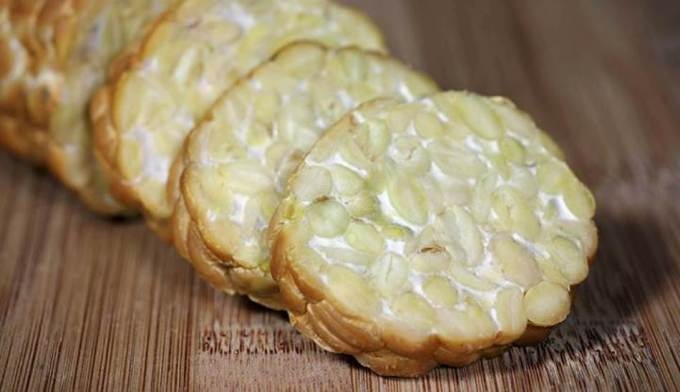Dec 18 2018
How is it possible to leverage the large amounts of food waste, such as orange peels from juice production, produced by the food industry? Pedro F. Souza Filho has tried to find out ways to use food waste and reuse it in his study for the production of new food, animal feed, and bioplastics.
 (Image credit: University of Borås)
(Image credit: University of Borås)
Towards the end of September 2018, Pedro F. Souza Filho defended his doctoral thesis in the area of Resource Recovery at the University of Borås with his dissertation titled “Fungi-based biorefinery model for food industry waste” with an aim to find better processes within the circular economy for the food industry.
According to estimates, 40% of all foods are wasted, implying a considerable loss of productivity, natural resources, and energy. In his research, he has performed case studies on four types of waste from food manufacturing processes, such as orange juice, potato starch, wheat starch, and pea protein production, which would otherwise be discarded.
I grew a special filamentous fungus on the various kinds of waste, creating a biomass. It looked different on the various kinds of waste.
Pedro F. Souza Filho, University of Borås.
This mass can subsequently be used and returned to the production cycle by taking food waste products that are usually discarded and by using these fungi that produce protein-rich biomass. For instance, feed based on fungal protein can be used as an alternative rather than using many small fishes merely to feed other fish grown for the food industry. In this way, a majority of the things are reused, which has a positive impact not just economically but also environmentally.
Another example is the capability of generating bioplastics using fungi. Oil-based plastic, which is a flexible and very useful material, pollutes the environment and decomposes very slowly. Hence, techniques for the inexpensive manufacture of bioplastics are essential.
The outcomes of the study reveal that there can be economic as well as environmental benefits to this type of fungus cultivation. It not only minimizes waste and chemical oxygen demand (COD, a measure of the amount of oxygen required to decompose the organic substances in the water) but also decreases production costs.
This is a very exciting research area, and I will spend my remaining months in Borås researching how the cultivation on wheat can be used for the production of bioplastics. Then I will return home to Brazil where I hope to have the opportunity to work with similar solutions, but with cactuses as the source material. It’s quite dry in Brazil, so we have plenty of cactuses.
Pedro F. Souza Filho, University of Borås.